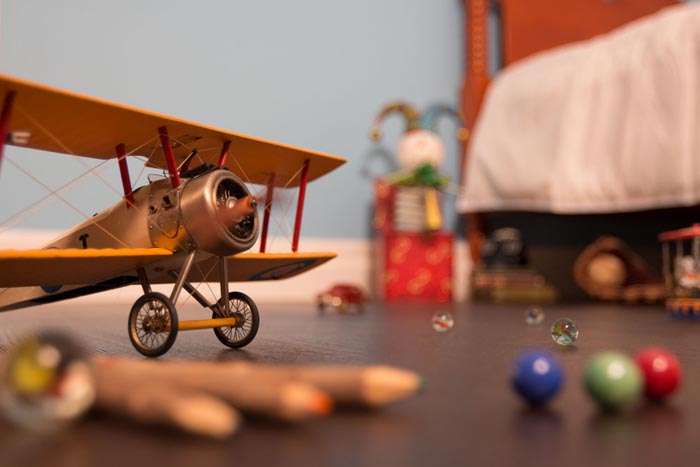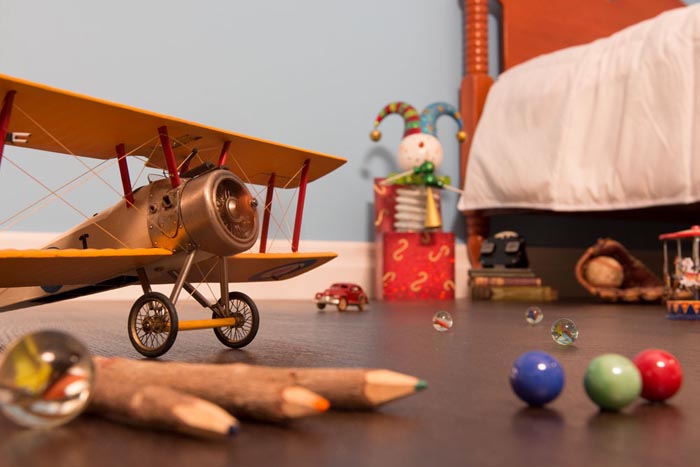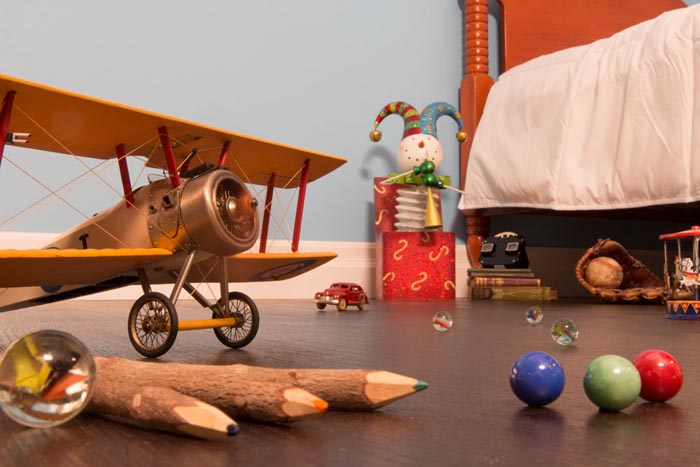The aperture is measured in f/stop which controls the amount of light that is let through the camera by changing the size of the lens. For example a low aperture, like f/2 would let a lot of light into the lens and give a shallow depth of field. Where as a high f/stop, like f/22 would let very little light into the camera and have a very deep depth of field.

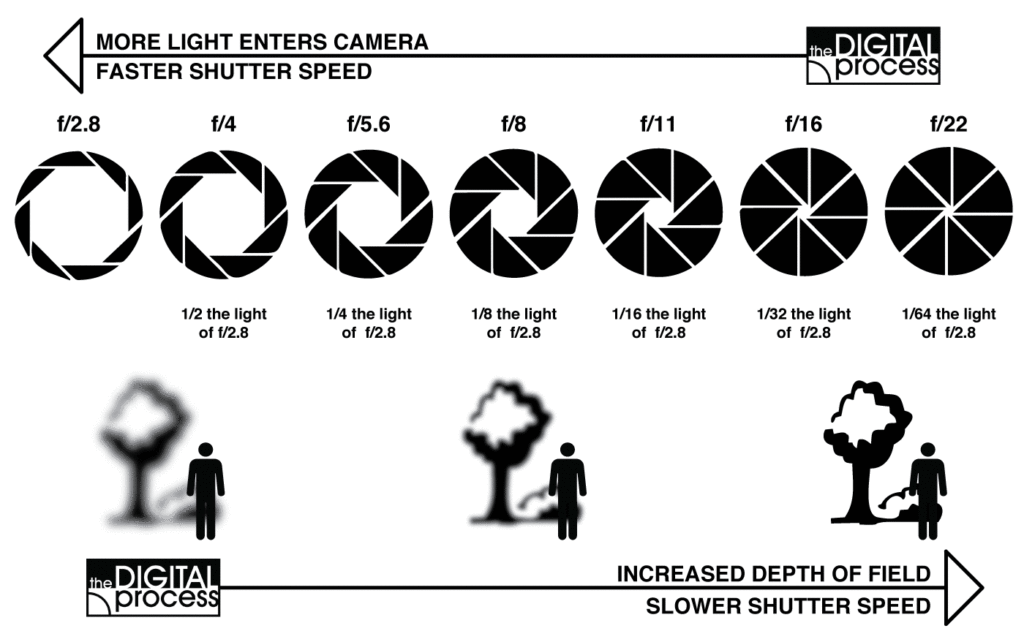
What is Depth of Field ?
Depth of field, in its most basic definition, refers to the extent of an image that remains in focus. More technically, it can be described as the range within a photograph where objects are perceived as being “satisfactorily in focus” or exhibit a degree of “acceptable sharpness.” Depth of field can also be controlled by aperture.
Some of my photos:
Photo taken at f/2.8
At this aperture the subject (the plane) is completely in focus, whereas everything else is out of focus, this is good for portraits as it draws the views eye to the subject.
Photo taken at f/8
At this aperture the subject (the plane) is still completely in focus, however the background and foreground is mostly out of focus but not all of it which draws the views eye less to the plane and more so to other sections of the photo. This aperture provides a friendly depth of field, which helps photographers capture subjects with acceptable sharpness both closer to the camera and farther away.
Photo taken at f/22
At this aperture there isn’t a specific subject as the entire photo is in focus, this is good for wide shots of groups of people or large landscapes as it captures all the detail and doesn’t leave anything out.
Auto Vs Manual Focus
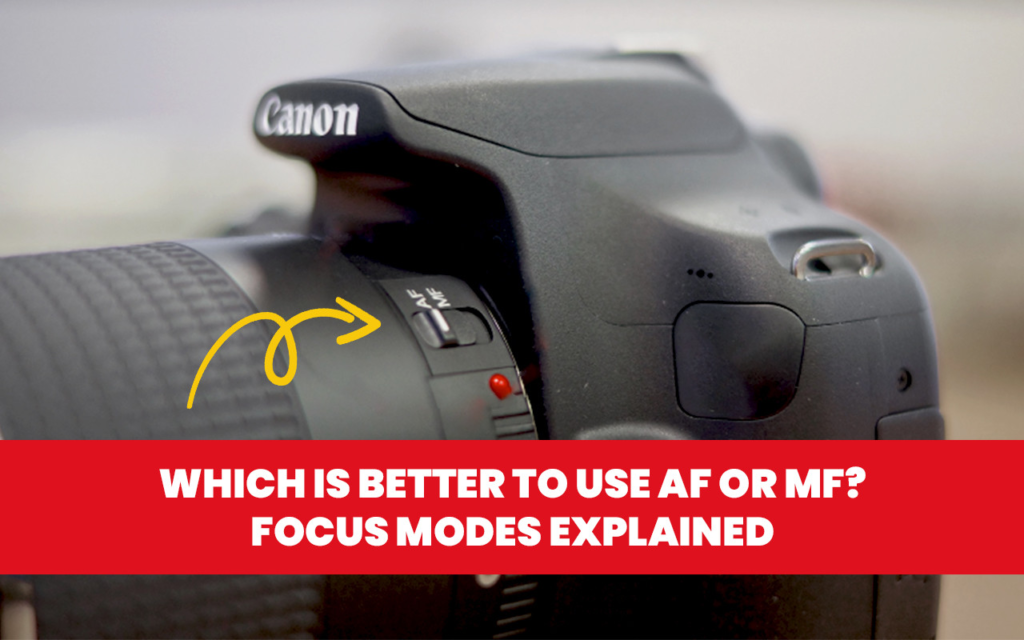
Autofocus is great for everyday photography, while manual focus is better for capturing close-ups and intricate details. However you have to use the focus ring at the end of the lens and make adjustments for each shot.
Focal Length
The focal length of a lens is the distance (typically measured in millimetres) from the centre of the lens to its focus point. This distance plays a key role in what you observe when taking pictures with a camera.

Ralph Eugene Meatyard
Meatyard was born in Normal, Illinois, and grew up in the adjacent town of Bloomington. Upon reaching the age of 18 during World War II, he enlisted in the United States Navy; however, he did not see service abroad before the conclusion of the war. Following his military service, he enrolled at Williams College through the GI Bill, where he initially pursued pre-dentistry studies before ultimately training to become an optician.
Although Lexington was not a prominent hub for photography, Meatyard did not identify himself as a “Southern” or regional photographer. At the time of his passing, his work was gaining national recognition, being exhibited and collected by several esteemed museums and featured in various magazines. He showcased his work alongside notable photographers such as Edward Weston, Ansel Adams, Minor White, Aaron Siskind, Harry Callahan, Robert Frank, and Eikoh Hosoe. By the late 1970s, his photographs were primarily displayed in exhibitions focused on ‘southern’ art, but they have since garnered renewed interest. His most recognized photography often depicted dolls and masks, as well as family, friends, and neighbors captured in deserted buildings or typical suburban backyards.
Meatyard used a large aperture with a very small depth of field in all of his photos. The photo below is an example of this.

Meatyards “Zen Twigs” photo.
Saul Leiter
Leiter was primarily a painter who ventured into the world of colour photography, uncovering its unique potential. Starting in the 1940s, he built an impressive collection of work that delves into colour harmonies. He often played with unconventional framing techniques like shop signs, umbrellas, curtains, car doors, and foggy windows to craft abstract scenes of everyday urban life. He loved using long lenses, which allowed him to stay unnoticed while also compressing space, creating interesting juxtapositions of objects and people. Many of his photos feature negative space, with large blurred areas that draw attention to specific details or vibrant pops of colour.

Photo by Saul Leiter
My photos

Selection process

My best photos
I used aperture in these photos to show a shallow and deep depth of field.

Photo taken at f/2.4
This photo is inspired by Meatyard.

Photo taken at f/5.6
This photo is inspired by Leiter.

Photo taken at f/12
This photo is inspired by Leiter.
Experimentations
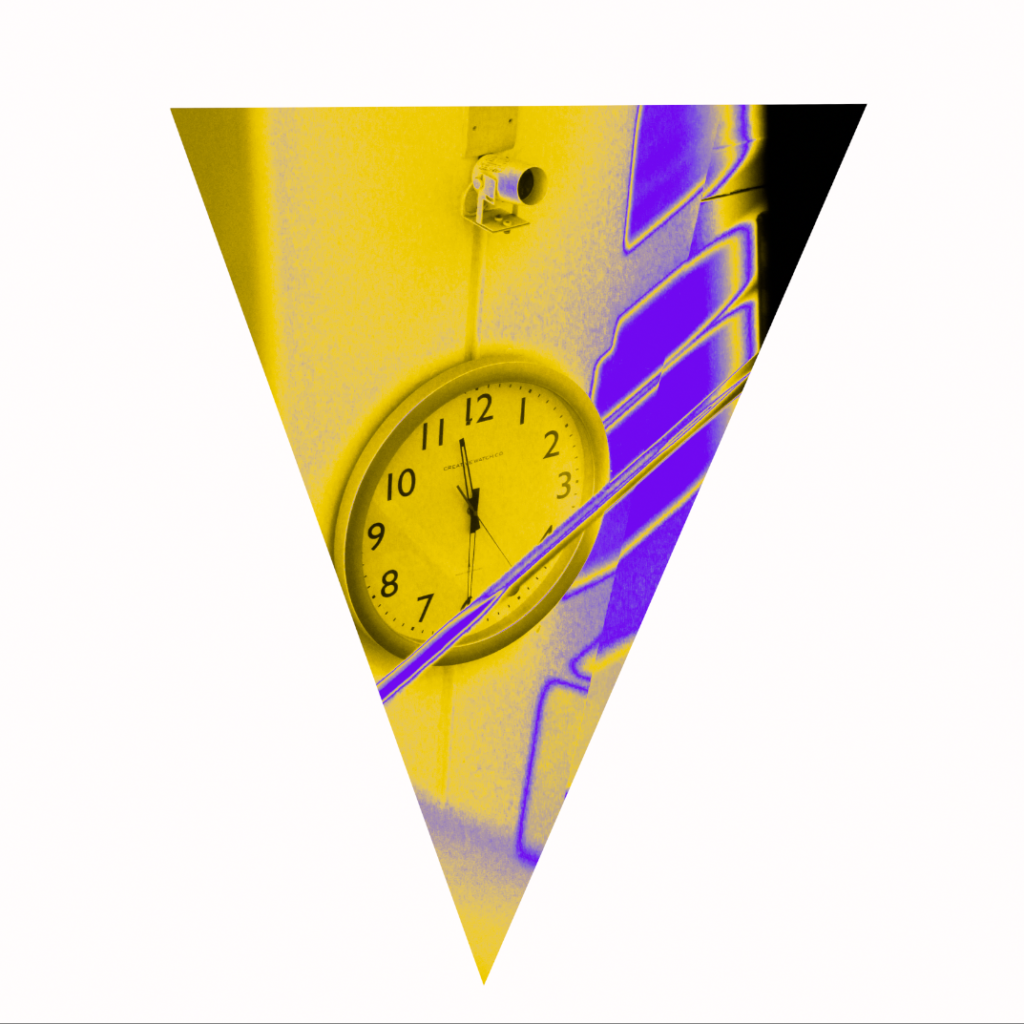
Using various tools in Photoshop I created an abstract version, this editing helped me to understand developing much better and how to properly edit a photo.
Overall thoughts and evaluation
Personally I think this photoshoot went really well and I really liked the outcome of my final photos. Furthermore I really like the abstract version of my clock photo, not only is it an interesting photo, but it gave me a much greater understanding of photoshop.

